Exploring the genetic diversity and population structure of Mobula birostris in two key aggregation zones in the Eastern Tropical Pacific
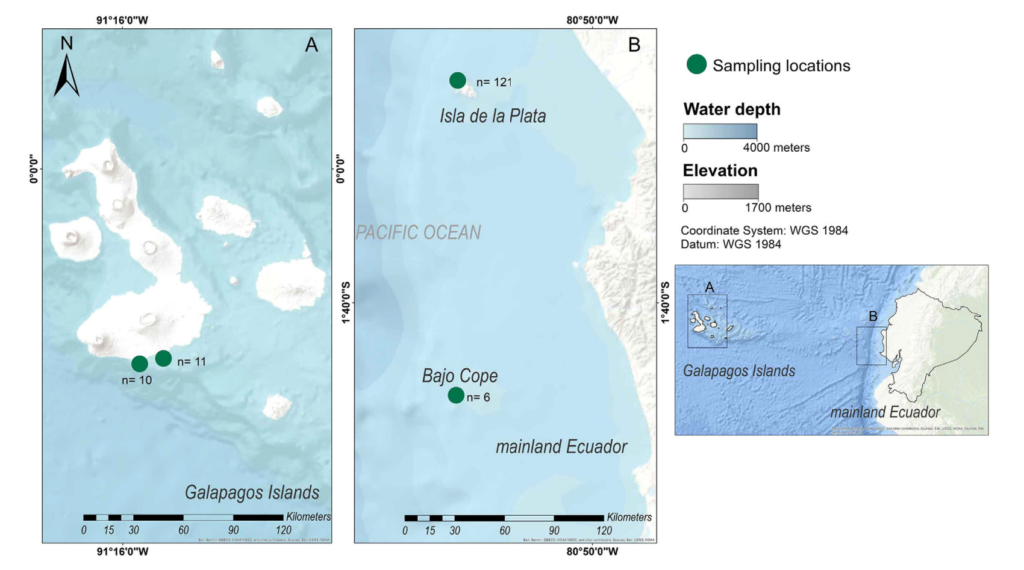
The giant manta ray Mobula birostris is the largest ray species in the world. Little is known about its genetic composition.
Intraocular pressure using rebound tonometry in the San Cristobal Galapagos tortoise (Chelonoidis chathamensis)
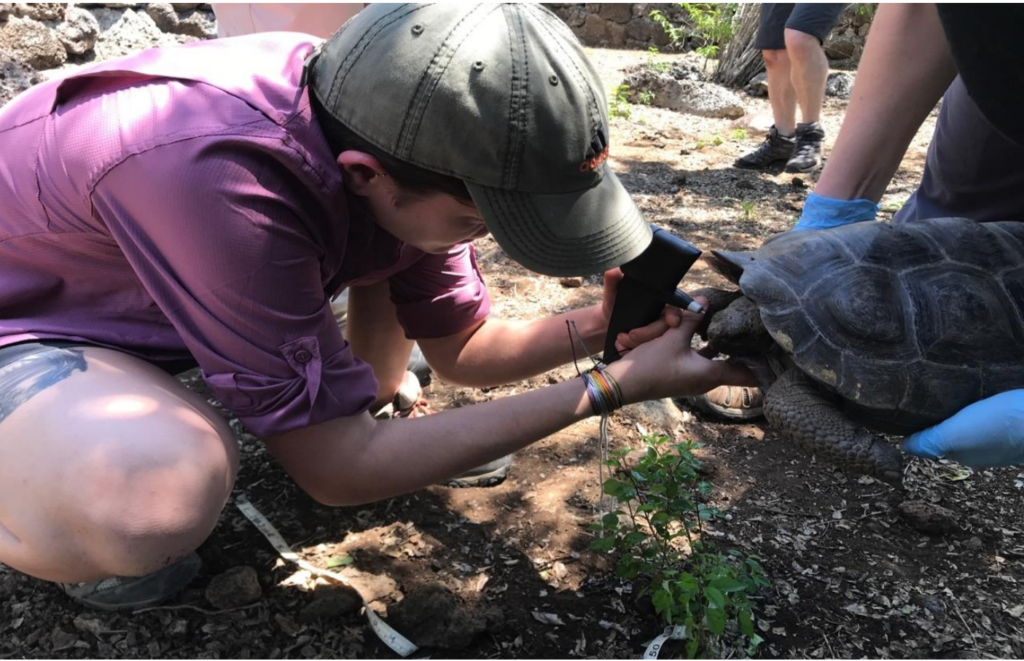
The goal of this study was to determine if intraocular pressure could be accurately assessed and to create a baseline measurement for intraocular pressure in Galápagos tortoises.
Southern Elephant Seals (Mirounga leonina) in the Galapagos Islands and the Eastern Tropical Pacific Amid Ocean Environmental Changes: Towards a Habitat Suitability Index
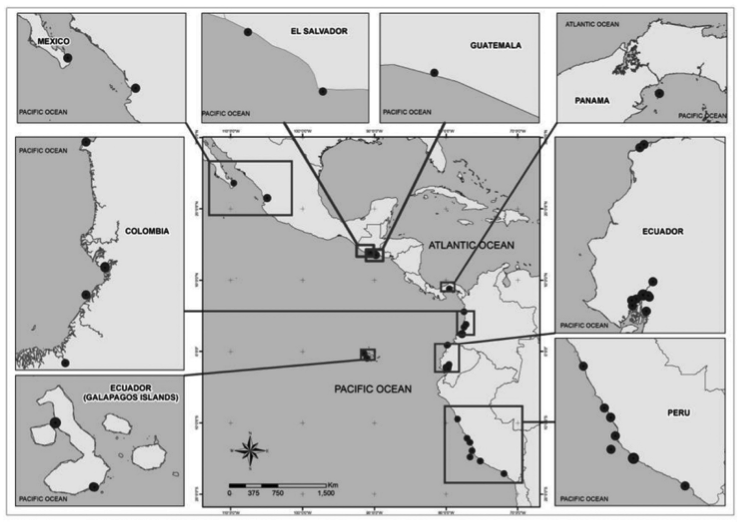
he southern elephant seal (SES; Mirounga leonina) is the largest, sexually dimorphic pinniped species in the global ocean.
Microplastic distribution and composition on two Galápagos island beaches, Ecuador: Verifying the use of citizen science derived data in long-term monitoring
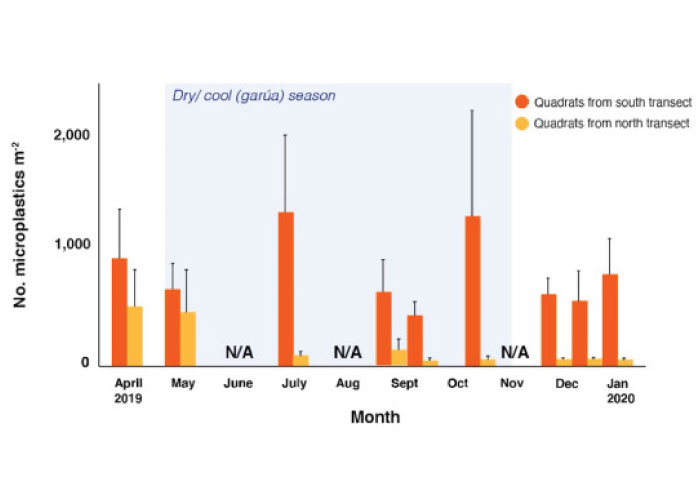
Monitoring beach plastic contamination across space and time is necessary for understanding its sources and ecological effects.
Diving into the vertical dimension of elasmobranch movement ecology
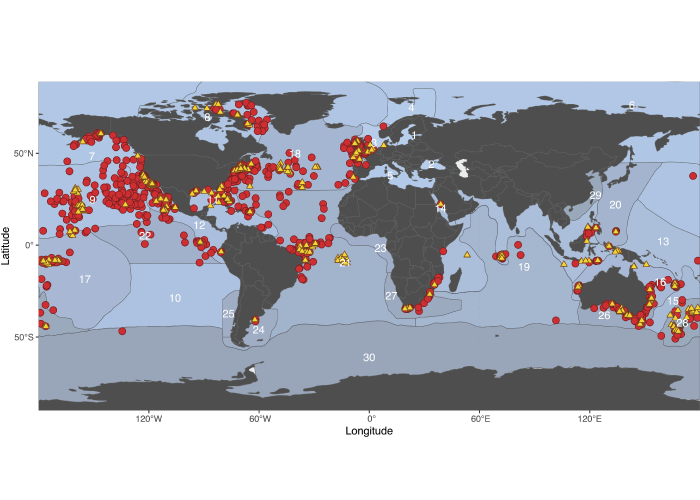
Knowledge of the three-dimensional movement patterns of elasmobranchs is vital to understand their ecological roles and exposure to anthropogenic pressures. To date, comparative studies among species at global scales have mostly focused on horizontal movements.
Multiple Anthropogenic Stressors in the Galápagos Islands’ Complex Social-Ecological System: Interactions of marine pollution, fishing pressure and climate change with management recommendations
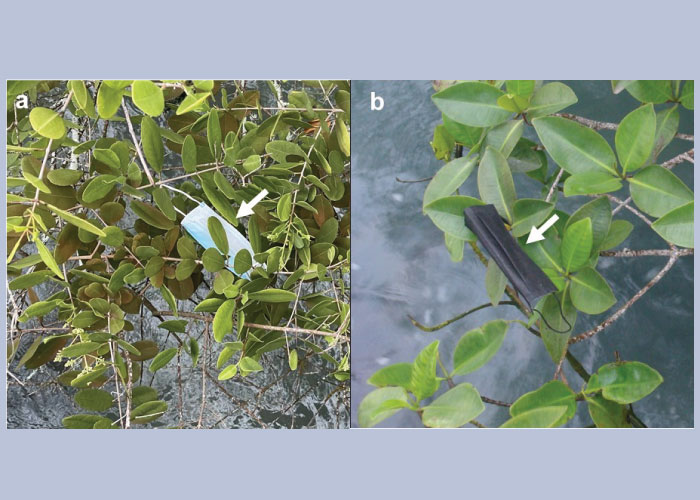
Published in Pub Med | July 27, 2022
Population Genetics and Phylogeography of Galapagos Fur Seals.
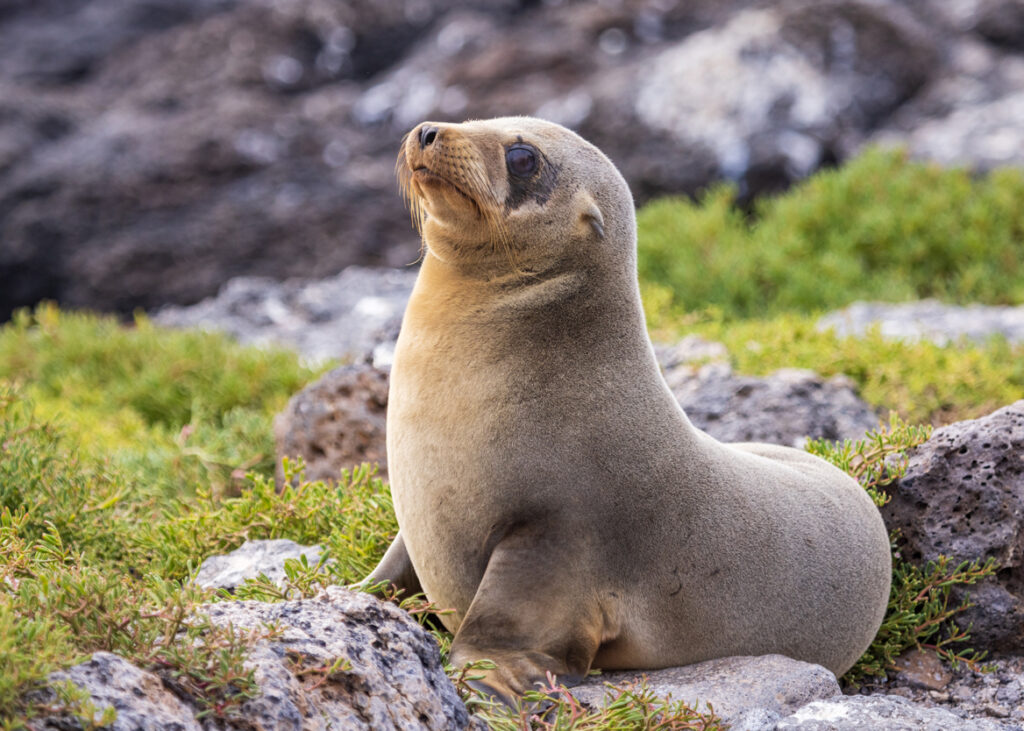
Pinnipeds found across islands provide an ideal opportunity to examine the evolutionary process of population subdivision affected by several mechanisms.
In the report, the genetic consequences of the geographic distribution of rookeries in Galapagos fur seals in creating population structure.
Regional divergence in the skull morphometry of adult male Galapagos sea lion
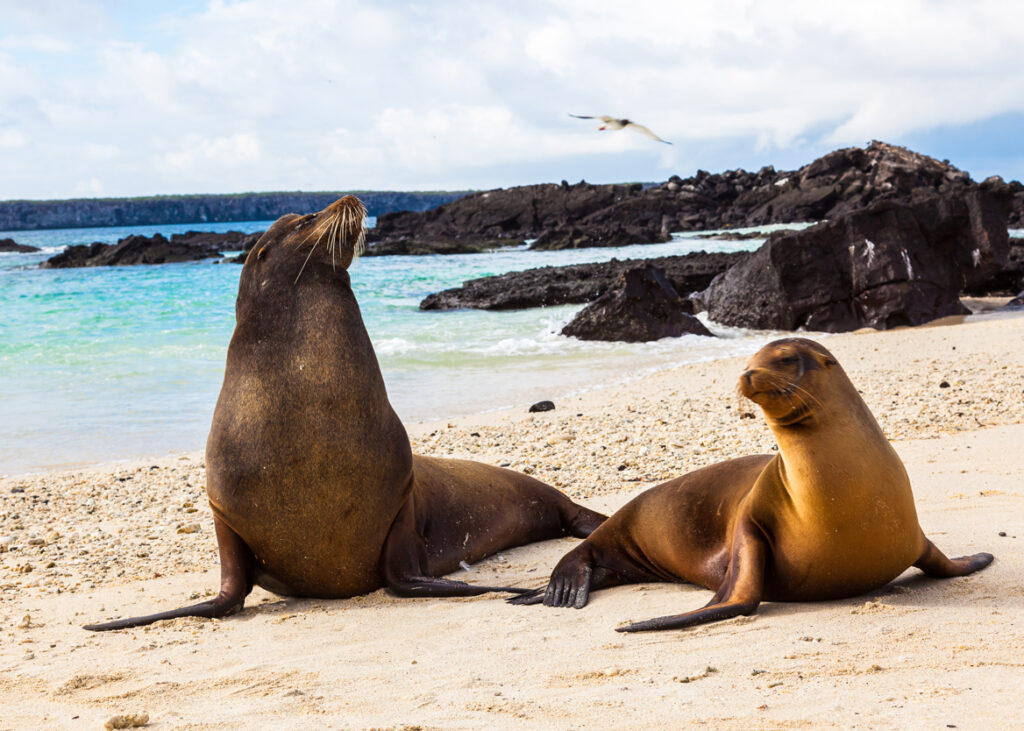
With great pride, USFQ Galapagos and the GSC want to share the access link to the article “Regional divergence in the cranial morphometry of an adult male Galapagos sea lion” recently published in the academic journal “Journal of Mammalogy”.
Shipping poses significant threat to the endangered whale shark
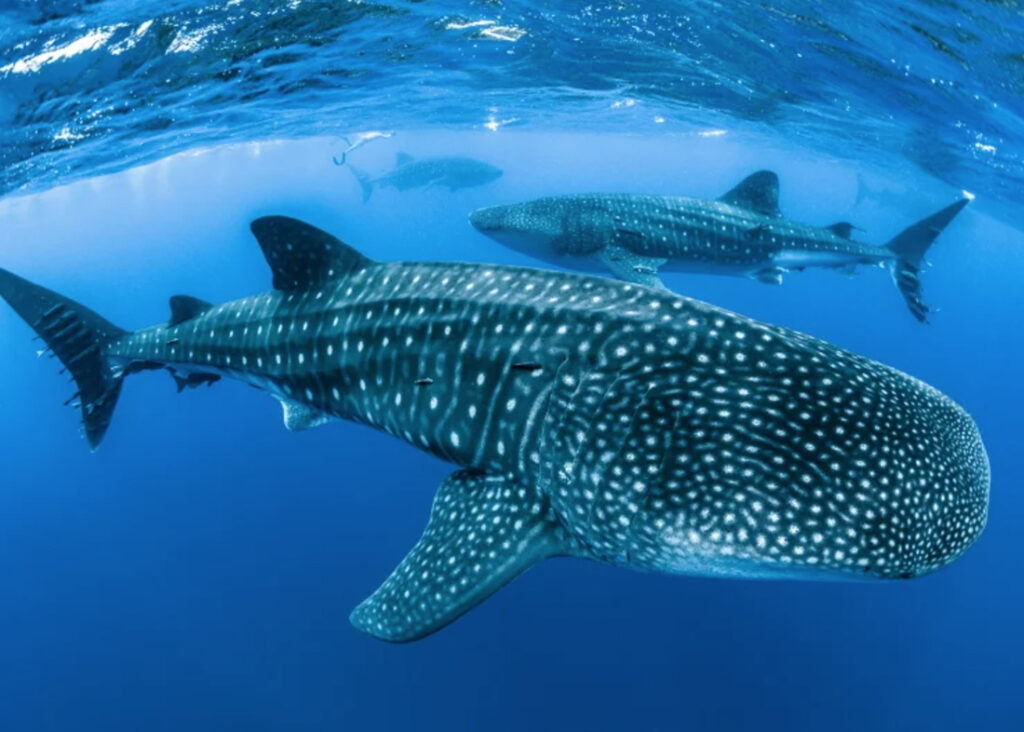
Marine biologists from the Marine Biological Association (MBA) and the University of Southampton have led ground-breaking research which indicates that lethal collisions of whale sharks with large ships are vastly underestimated, and could be the reason why populations are falling.
Emergent research and priorities for shark and ray conservation
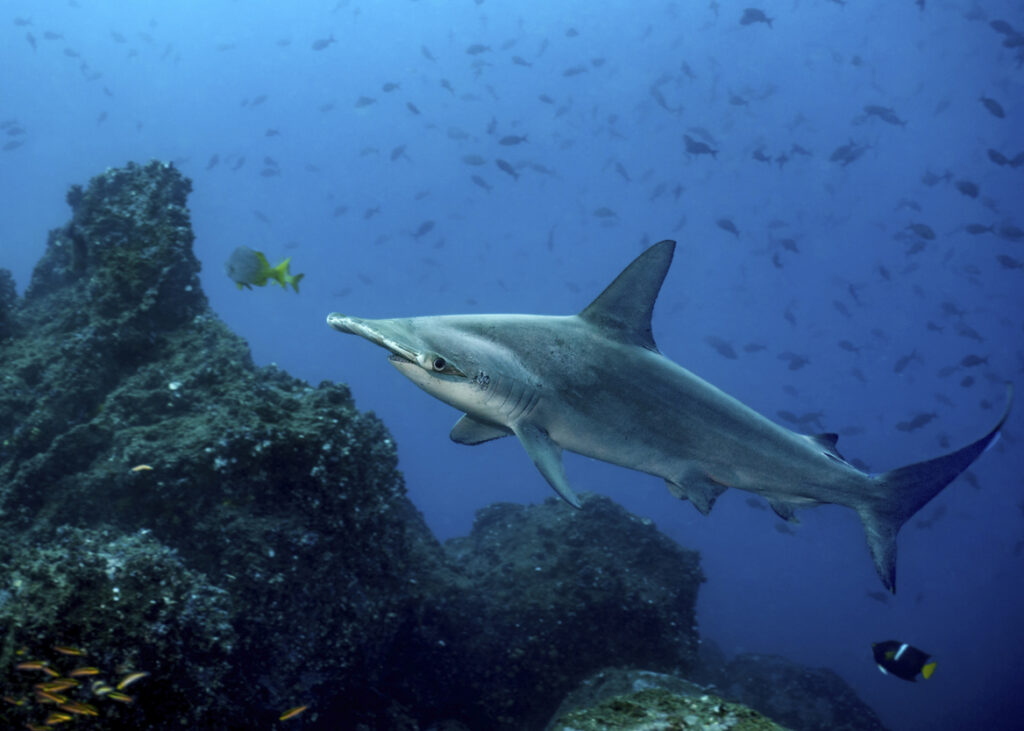
During the last 4 decades there has been a growing concern about the conservation status of elasmobranchs (sharks and rays). Read the following article and find out about the research carried out by several authors, including Diana Pazmiño, professor at USFQ Galapagos and researcher at the #GSC.


